Global Journal of Ecology
Bioassay of Hydrological Status in the Lentic Ecosystems by using community parameters of Macrobenthos as a tool
Padmanabha B*
Cite this as
Padmanabha B (2017) Bioassay of Hydrological Status in the Lentic Ecosystems by using community parameters of Macrobenthos as a tool. Glob J Ecol 2(1): 019-024. DOI: 10.17352/gje.000006In pollution stressed environment, change in the community structure is reflected in the diversity pattern of the component species. These changes can be quantified as diversity indices, which are useful in water quality monitoring. In this study the diversity and density of macroinvertebrates carried out from the three lakes of Mysore (Bilikere, Hebbal and Lingambhudi lakes) to compute different community parameters and the results are interpreted to evaluate the water quality in these lakes. The diversity index, Sequential Comparison Index and Primary production (Gross & Net) recorded highest in the Bilikere lake followed by Hebballake and lowest in the Lingambudi lake. The dominance index and Community respiration recorded highest in the Lingambudi lake followed by Hebbal lake (0.11) and lowest in the Bilikere lake (0.06). According to different ecological scales, the water of Bilikere and Hebbal lake is moderately polluted whereas heavily polluted in the Lingambudi lake. Bilikere and Hebbal lakes pair documented highest Jaccard index whereas Bilikere and Lingambudi lakes pair recorded lowest Jaccard index. These community parameters are readymade tool to assess aquatic pollution in the lentic ecosystems.
Introduction
Water, the most vital resource for all kinds of life on this planet is also the resource, adversely affected both qualitatively and quantitatively by all kinds of human activities on land, in air or in water. The increasing industrialization, urbanization and developmental activities and consequent pollution of water have brought a veritable water crisis. Today, most of the aquatic bodies receive large quantity of sewage domestic waste, industrial and agricultural effluents. Pollution of water is responsible for a very large number of mortalities and incapacitations in the world. Polluted state of the water resources has led to a steady decline in fisheries and has also affected the irrigated land. Availability of clean water is going to become the greatest constraint for development to in the coming years. A regular monitoring of water bodies not only prevents diseases and hazards but also checks from further pollution load.
In pollution stressed aquatic environments, change in the community structure is reflected in the diversity patterns of the component species. These changes can be quantified numerically as diversity indices, which are useful in water quality monitoring. Various indices are now extensively used in measuring stress on plants and animals due to overexploitation and pollution [1-4].
Pollution load decreases the primary productivity of a aquatic body [5]. Pollution also affects the production (P)/ respiration (R) ratio, a proper level of which is very essential for the sustenance of the system. In a non-polluted water, the P usually exceeds R but in organically polluted systems R exceeds P and no organic material is left available for the bioactivity of the system leading to system impairment [6]. In the present study an attempt is being made to biomonitor the aquatic pollution by computing different community parameters such as diversity index, dominance index, heterogeneity index, richness index, sequential comparison index, similarity index, primary productivity etc., of benthic macro invertebrates in the lentic ecosystems.
Materials and methods
Three lakes namely Bilikere, Hebbal and Lingambudhi lakes in the Mysore are selected for this study during 2014-16 (Figures 1-3). The soil and sediment samples from one meter length X one meter width X one meter depth collected from these lakes and brought to the laboratory. In the lab samples were sorted out to analyze macro invertebrates. The sorted macrobenthos preserved in 4% formalin and were identified by using different standard keys [7-11]. Different ecological indices such as Shannon Weaver index for species diversity (H) [12], Simpson index for species dominance (λ) [13,14], β- diversity or heterogeneity index (βd) [15], and species diversity or species richness Index (D) [16], are computed to derive community parameters. Sequential Comparison Index (SCI) is computed [5,17,18], to assess biological effects of pollution. Primary productivity (Gross and Net) of lentic ecosystems was estimated [5].
Results and Discussion
Altogether 17 species of benthic macroinvertebrtaes recorded from these three lakes (Figures 4-20). Among these fourteen species belong to Arthropoda and remaining three species belong to Annelida. Psephenus, Hydropsyche, Centroptilium, Cinygmula, Ephemerella, Heptagenia, Leptophlebia, Chironomus, Psychoda, Simulium, Tabanus, Stone fly nymph, Damsel nymph classified under arthropoda .Tubifex, Limnodrilus, Lumbriculus placed under annelida. Bilikere lake recorded highest number [15], of species followed by Hebbal lake 13 species and Lingambudi lake 7 species of macrobenthos (Table 1).
Shannon - Weaver Index of species diversity (SWI) (H)
According to results in the table 2, The SWI recorded highest in Bilikere (1.12) followed by Hebbal (1.06) and lowest in the Lingambudi lake (0.92). The diversity tends to be higher in communities in stable environments than disturbed conditions [6]. As per the species diversity scale, if SWI is more than 3, indicates clean water, if Shannon Weaver Index is between 1 and 3 indicates moderately polluted water, and SWI is less than 1 indicates heavily polluted water [19,20]. As per this scale, .Bilikere and Hebballakes water was moderately polluted but Lingambudi lake water was heavily polluted.
Simpson Dominance Index (SDI) (λ)
Lingambudi lake recorded highest SDI (0.12) followed by Hebbal lake (0.11) and lowest in the Bilikere lake (0.06) (Table 2). Increase in the SDI indicates increase in the pollution load [4]. Some species of macrobenthos are sensitive or intolerant due to increased pollution and eliminated but few species have increased tolerance for adverse conditions [21,22].
β - diversity or species heterogeneity Index (βd)
β- diversity was highest in the Lingambudi (2.43) followed by Hebbal (1.31) and lowest in the Bilikere lake (1.13) (Table 2). The higher value of β- diversity index indicates greater perturbations due to environmental disturbances/pollution stress on these macrobenthos [2,4].
Species Richness Index (SRI)(D)
Species richness index was highest in the Bilikere lake (2.30) followed by Hebbal (1.96) and lowest in the Lingambudi lake (0.99) (Table 2). Higher value of SRI represents higher number of species, lower abundance and lower aquatic pollution [4,29]. As per the diversity index (D) scale, of Staub et al., 1970 (D<1–heavily polluted, D=1-2–moderately polluted, D>2-3–lightly polluted, D>3-4.5–slightly polluted) [23]. The species richness index has been successful to explain convincingly about the pollution levels in these lakes. According to this scale, Bilikere and Hebballakes were moderately polluted whereas Lingambudi lake was heavily polluted.
Sequential Comparison Index (SCI)
SCI was highest in the Bilikere lake (5.84) followed by Hebbal lake (5.17) and lowest in the Lingambudi lake (2.98). The SCI usually decreases with increasing pollution. This index can be used to detect pollution in different aquatic bodies at the cost of very little time and money. This index can also be used to support the chemical data, wherever necessary. A healthy water body normaly has a SCI value greater than 12 (up to 24), whereas polluted streams are generally less than 8 [5,17,18,24].
Primary productivity
The Gross Primary Productivity (GPP) (1.20gC/m3 /hr) and Net Primary Productivity (NPP) (1.00gC/m3 /hr) were highest in the Bilikere lake but Community Respiration (CR) (0.20gC/m3 /hr) was lowest. The Lingambudi lake recorded lowest GPP (0.85gC/m3 /hr) and NPP (0.50gC/m3 /hr) but highest CR (0.35gC/m3 /hr). These results indicate that Lingambudi lake was having higher pollution than other two lakes and Bilikere lake has lower pollution than other two lakes. Pollution of water leads to a reduction in primary productivity. Pollution also affects the production (P)/Respiration (R) ratio, a proper level of which is very essential for the sustenance of the system. In a non-polluted water, the Productivity usually exceeds community respiration, but in organically polluted systems community respiration exceeds Productivity and no organic material is left available for the bioactivity of the system leading to system’s impairment [5,6,25,26].
Jaccard index or similarity index (Cj)
The results (Table 3) revealed that Bilikere and Hebbal lakes pair had highest similarity index (0.65) followed by Hebbal and Lingambudi lakes pair (0.43) and lowest in the Bilikere and Lingambudi lakes pair (0.38) (Table 3). The results suggested that Bilikere and Hebballakes pair had highest similarity in ecological parameters and hydrographical profile. But Bilikere and Lingambudi lakes pair showed lowest similarity or highest dissimilarity in ecological parameters and hydrographical profile. Calculation of Jaccard index reflects the similarity of hydrographical profile and biotic components between different aquatic bodies. The higher value of Jaccard index reflects higher similarity between two water bodies [27,28].
As pollution increases, Shannon - Weaver Index of species diversity, Species Richness Index, Sequential Comparison Index, Gross Primary Productivity and Net Primary Productivity decreases, whereas Simpson Dominance Index, β - Diversity or Species Heterogeneity Index and Community Respiration of benthic macroinvertebrates increases in the lentic ecosystems (Graph 1).
- Chaurasia S, Agarwal GD (2004) Biodiversity based indices of water quality. IJEP 24: 762-765. Link: https://goo.gl/cCNZhF
- Sharma K, Bharadwaj SM, Chaturvedi RK, Sharma KP (2005) Applicability of diversity indices for a comparative assessment of degree of pollution in lentic and lotic ecosystems and describing vegetation characteristics. Nat. Env & Poll. Tech., 4: 101-106.
- Padmanabha B, Belagali SL (2006) Comparative study on population dynamics of rotifers and water quality index in the lakes of Mysore. Nat. Env. Poll. Tech., 5: 107 – 109.
- Padmanabha B, Belagali SL (2007) Diversity indices of rotifers for the assessment of pollution in the lakes of Mysore city, India. Poll. Res 26: 65-68. Link: https://goo.gl/s71zu2
- Trivedy RK, Goel PK (1986) Chemical and Biological methods for water pollution studies. Environmental Publications, Karad (India). 1-250. Link: https://goo.gl/4pQnvx
- Odum EP (1971) Fundamentals of ecology 3rd edn. W B. Saunders Co. Pheladelphia. Link: https://goo.gl/6vRtBr
- Ward HB, Whipple GC (1959) Fresh water biology II, John Wiley and Sons, Inc, New York, London, Sydney, 1243. Link: https://goo.gl/sm3xYz
- Needham JG, Needham PR (1962) Fresh water biology. Holden Day Inc.San. Franscisco. Link: https://goo.gl/Q2LSbK
- Tonapi GT (1980) Fresh Water of India. Mohan Primland (Publshr), Oxford & IBH Publishing Co, New Delhi, 341. Link: https://goo.gl/LFM7hn
- Adoni AD (1985) Work book of limnology. Prathibha Publishers, Sagar, India, 216. Link: https://goo.gl/Ug4vZ2
- Pennak RW (1989) Fresh water invertebrates of the united States (Protozoa-Mollusca) 3rd edn, A Wiley Inter Science Publication. John Wiley and Sons, Inc, 628. Link: https://goo.gl/iHxnEy
- Shannon CE, Weaver W (1949) The mathematical theory of communication. University of Illinois press, Illinois.
- Simpson EH (1949) Measurement of diversity. Nature, 163 – 688. Link: https://goo.gl/L4dKrB
- Magurran A (1988) Ecological diversity and its measurement. Princeton University Press, New York. Link: https://goo.gl/zkfkMt
- Whittaker RH (1975) Communities and Ecosystems. 2nd edn. Mac Millan, New York. Link: https://goo.gl/rAZk7B
- Margalef R (1958) Temporal succession and spatial heterogeneity in phytoplankton. In: Perspectives in Marine biology, Buzzati-Traverso (ed.), Univ. Calif. Press, Berkeley, pp. 323-347. Link: https://goo.gl/nQ9eBX
- Cairns J Jr, Albaugh DW, Busey F, Chanay MD (1968) The sequential comparison index. A simplified method for non-biologists to estimate relative difference in biological diversity in stream pollution studies. J. Water Pollut. Control Fed.,40: 1607-1613. Link: https://goo.gl/yRDUhw
- Cairns J Jr, Dickson KL (1971) A simple method for the biological assessment of the effects of waste discharges on aquatic bottom dwelling organisms. J. Water Pollut. Control Fed. 43, 722-755. Link: https://goo.gl/LRe997
- Wilhm JL, Dorris TC (1966) Species diversity of benthic macroinvertebrates in a stream receiving domestic and oil refinery effluents. Am. Madl. Natur, 76, 427– 449. Link: https://goo.gl/o8ZPi4
- Wilhm JL, Dorris TC (1968) Biological parameters for water quality criteria. BioScience, 18:477-481. Link: https://goo.gl/zFnqSH
- Myslinski E, Ginsburg W (1977) Macroinvertebrates as indicators of pollution. J. AWWA, 69:538-544. Link: https://goo.gl/2CBHHW
- Mohammad MBH (1980) Hydrobiological survey of polluted canal. Hydrobiologia, 74: 179-186. Link: https://goo.gl/Wjtycp
- Staub, RJW, Hopsteiter AM, Hass IJ (1970) The effects of industrial water of members and Shelby country on primary plankton producers. Bioscience, 20: 905 –912.
- Srivastava RK, Srivastava S (2006) Diversity indices for water pollution monitoring. J. Ecobiol., 18: 1-9.
- Gaardner T, Gran HH (1917) Investigations on the production of plankton in the Oslofjord. Rapp.Cons. Explor. Mer., 144: 56-60. Link: https://goo.gl/AoEzC9
- APHA, AWWA, WPCF (1995) Standard methods for the examination of water and waste water.19th Edn. American Public Health Association, Washington D.C.2005. Link: https://goo.gl/AW5FAp
- Padmanabha B (2011) Diversity of Macroinvertebrates as a Tool to Assess Aquatic Pollution in Lentic Ecosystems. Nature Environment and Pollution Technology, 10: 69-71. Link: https://goo.gl/swyHNx
- Sinha J, Chatterjee P (2004) Effects of heavy metals on some moss dwelling Testacids (Protozoa; Rhizopoda) communities: A model approach. Poll. Res., 23: 285-290. Link: https://goo.gl/ZWUVso
- Aslam M (2009) Diversity species richness and evenness of moth fauna of Peshawar. Pak. Entomol. 31: 99-102. Link: https://goo.gl/UWbJYs
Article Alerts
Subscribe to our articles alerts and stay tuned.
 This work is licensed under a Creative Commons Attribution 4.0 International License.
This work is licensed under a Creative Commons Attribution 4.0 International License.
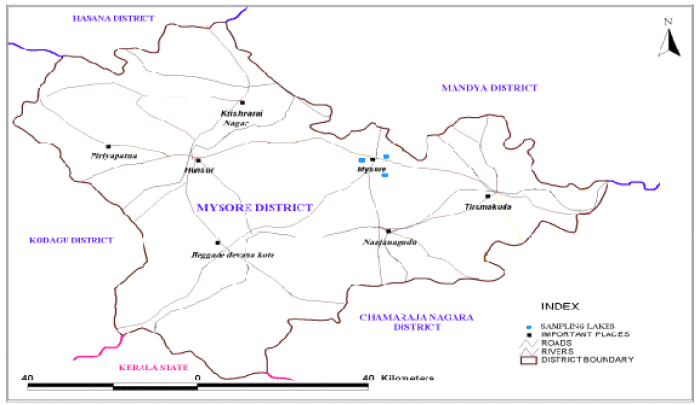
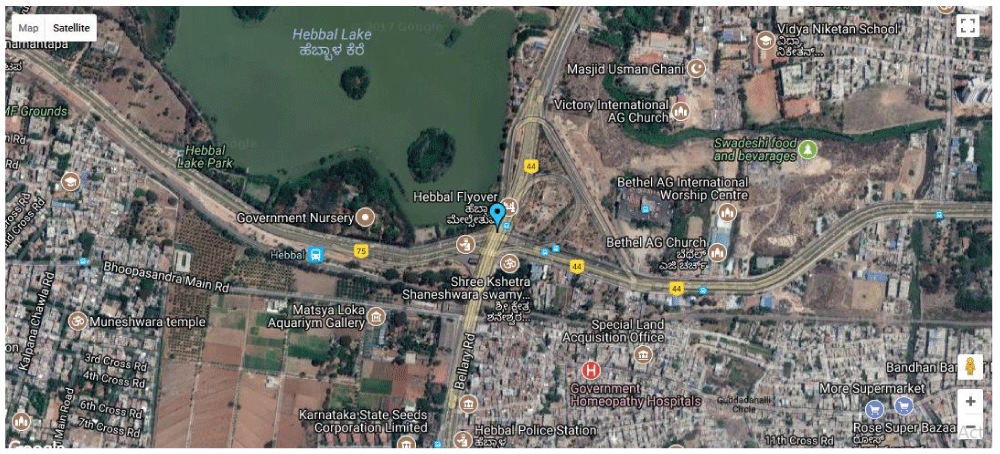
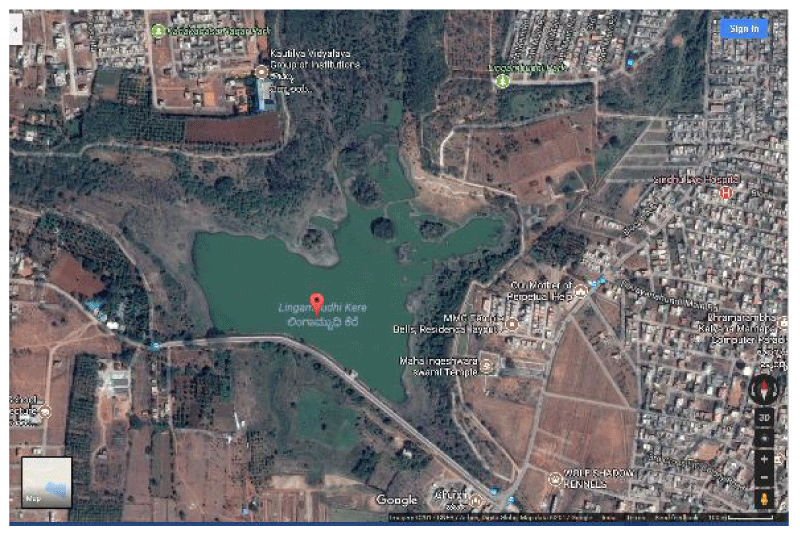
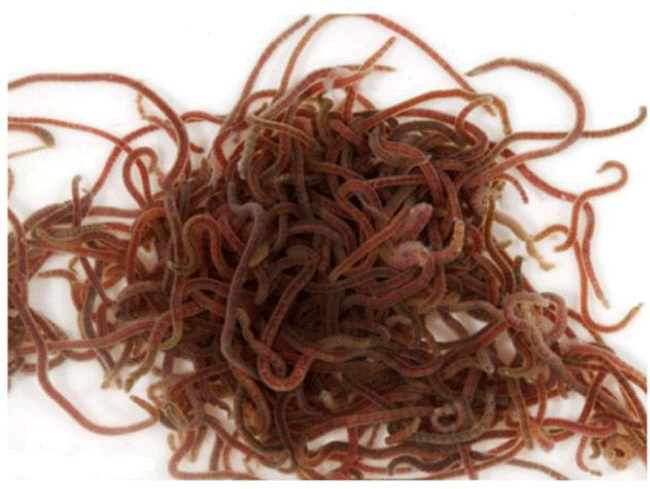
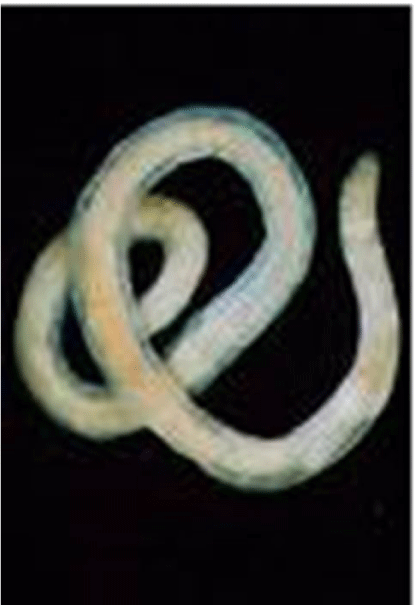

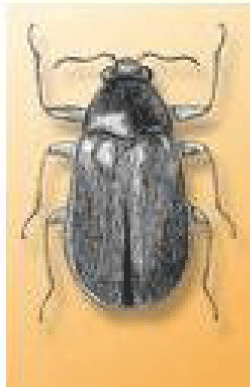
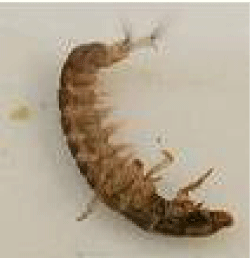
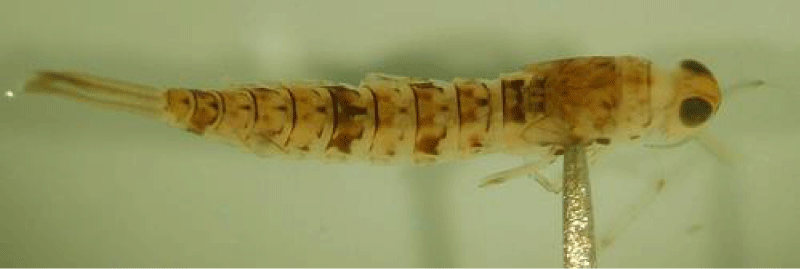
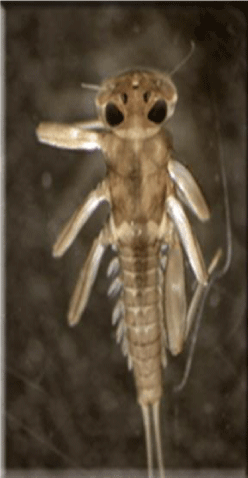
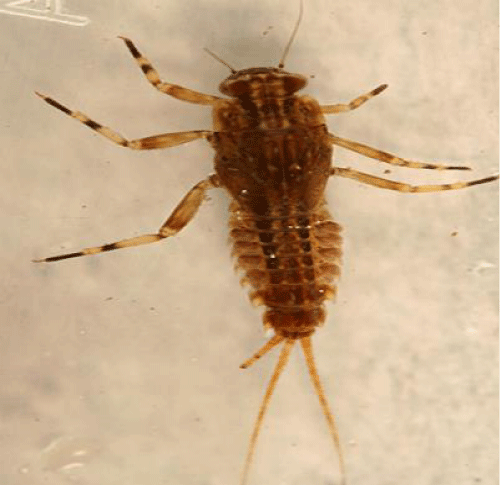

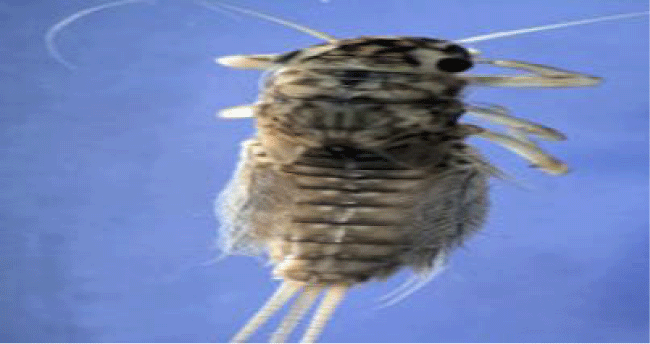

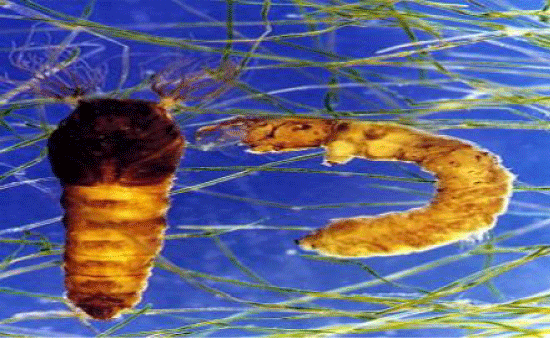
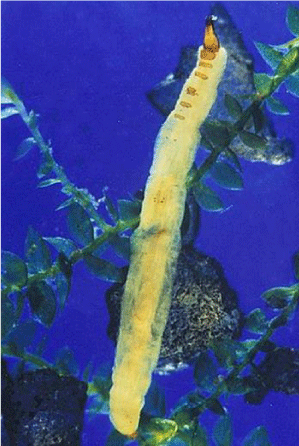
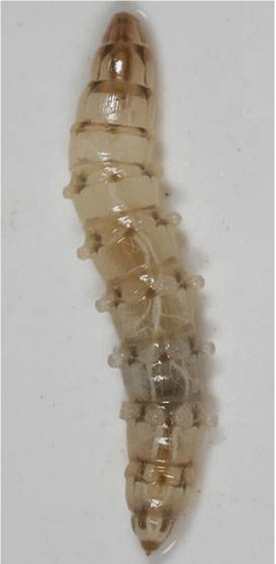
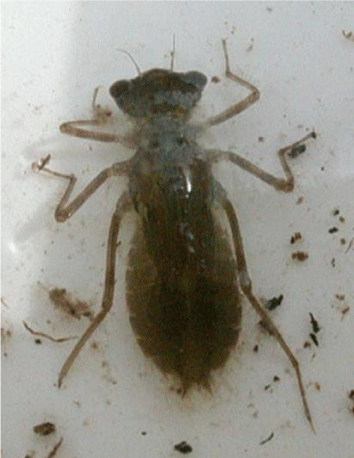
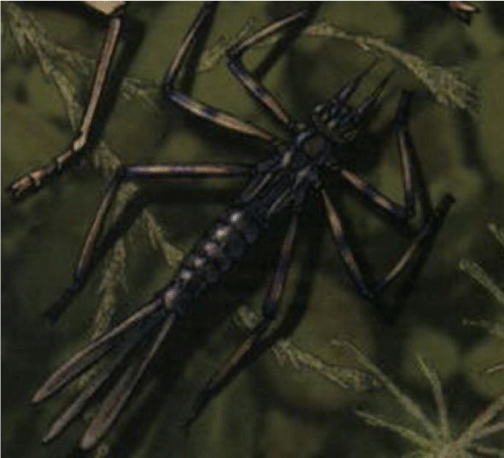
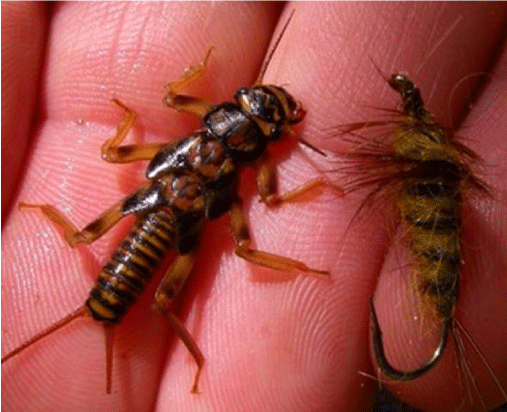
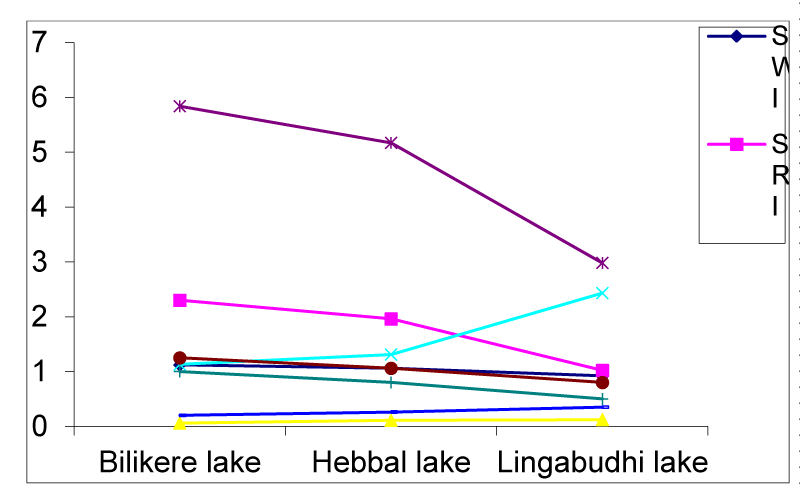

 Save to Mendeley
Save to Mendeley
